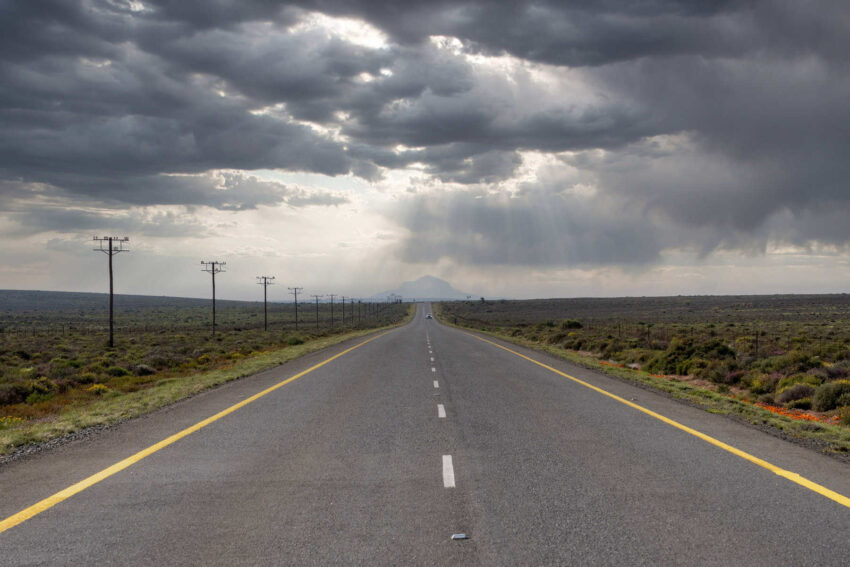
Once a childhood joyride filled with trains and birds, the road to Kimberley now paints a bleak picture of municipal neglect and environmental collapse.
It’s on the long roads that the true stories reveal themselves in the short moments.
For years, the N12 from Johannesburg to Kimberley was almost impassable. At first it was the potholes and then it was the roadworks.
Today, barring three stop-and-go’s between Wolmaransstad and Warrenton, the almost 500km trip is a pleasure; smooth roads and, as always, the unfolding vista as you exit the Big Smoke, skirt the gold mines and head deeper into the Big Sky country of the North West and then Northern Cape, with the veld running away on each side to the horizon.
It’s one of many South African scenes that inspire you to dream and to hope.
But for every yin, there’s a yang.
The road is shared by trucks, lots, especially the ore carriers pulling their V-shaped trailers.
The drivers are often impatient with each other, not content to continue their journey in single file, but keen to overtake – unconstrained by any potentially catastrophic consequences for oncoming traffic as they crest the blind rise abreast.
ALSO READ: Gauteng pays R5.44 billion e-toll debt amid budget constraints
In years gone by, parents would have kept their fractious children occupied by for the last half of the journey by getting them to count the ore trucks on the rail line that pops up next to the N12 several times before running parallel into the fabled City of Diamonds.
Those trains were awe-inspiring to behold, whether you were a child or not, stretching as far as the eye could see and difficult as a little person to follow the challenge of holding your breath until the iron anaconda had eventually snaked its way past on its journey to the coast.
These days, there’s not a train on the line for the length of the trip.
There are no passenger stimelas either, taking people to work or bringing them home to see their loved ones.
As you enter the last lap to Kimberley, there’s Kamfers Dam on the right, a broad expanse of water that was traditionally home to tens of thousands of flamingos, a vitally important protected breeding site.
There are none there, because the sheer scope and scale of untreated effluent being pumped into the pan by the Sol Plaatje municipality, despite countless court actions by concerned parties, has chased the birds that weren’t killed, away.
Their absence and the silent rails tell us a story that we all need to hear, before it’s too late to act.
NOW READ: Joburg’s crumbling roads: The political scramble ahead of the G20 summit
